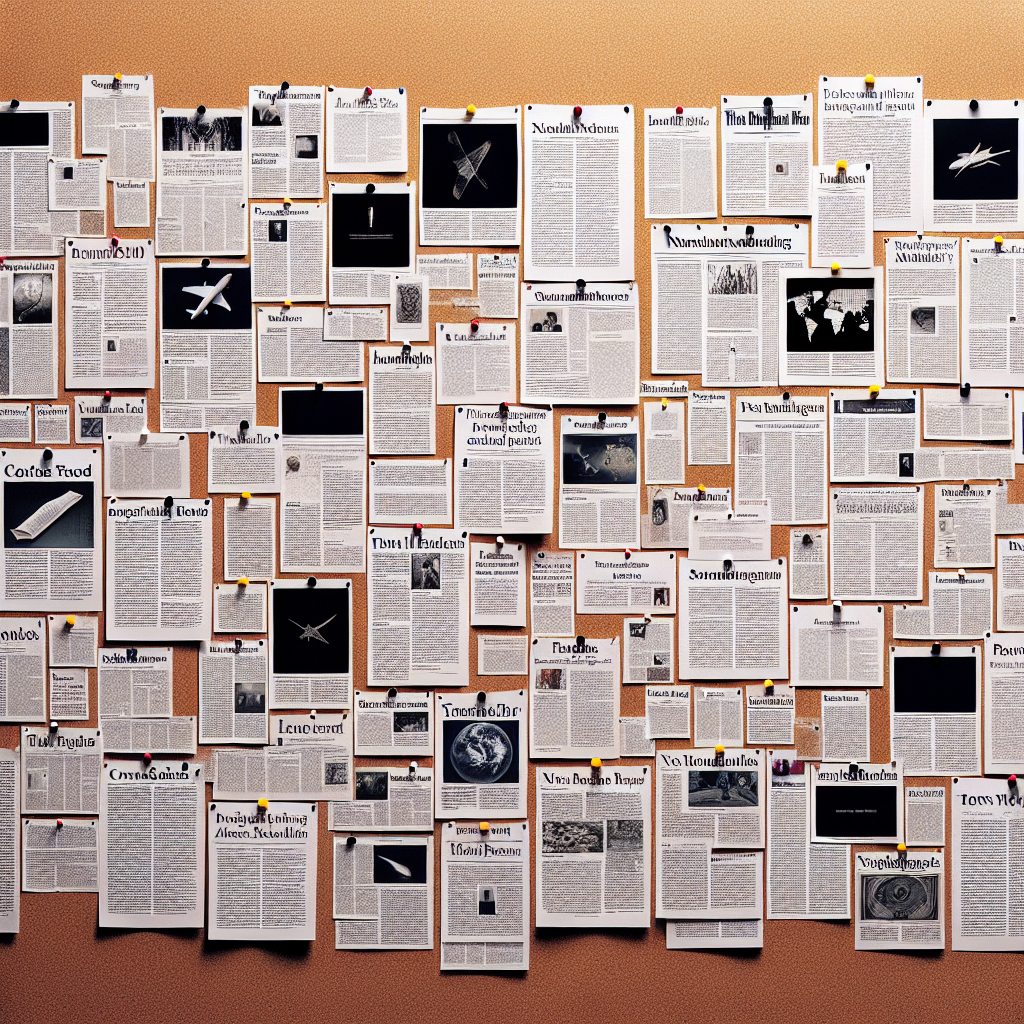Peering back into the deep recesses of the universe is akin to scanning the annals of cosmic history, divulging a record of critical events that happened billions of years ago. Understanding the birth of the universe and its eventual expansion forms an intriguing narrative, veiled with mysteries and pregnant with immense scientific possibilities.
Around 13.8 billion years ago, an infinitesimally small spillage of extraordinarily dense and hot singularity began to expand drastically. This moment, known as the Big Bang, pioneered the genesis of the universe as we know it. However, the singularity at the heart of the Big Bang remains a concept shrouded in enigma, escaping the clutches of physics and intuition.
From this point onwards, the early universe was a hot, dense soup of fundamental particles – quarks, electrons, positrons, and neutrinos. As the universe expanded, it cooled, and these particles started to come together to form protons and neutrons. Eventually, some protons and neutrons combined to form the universe’s first atomic nucleus, an event known as nucleosynthesis.
Fast-forwarding in this cosmic journey, around 380,000 years post the Big Bang, we move onto another seminal event, the recombination. The universe cooled down enough for electrons to bind with nuclei to form the first atoms, primarily hydrogen and helium. This transformation resulted in the clarification of the universe, allowing photons to travel freely without scattering off free electrons.
Significantly, during the early stages of the universe’s life, minute inconsistencies in temperatures led to the precipitating of matter into tiny clumps. Over a billion years, these clumps aggregated due to gravity, forming galaxies brimming with stars and potentially primordial life.
Unveiling the universe’s history involves a multi-pronged scientific approach. Scientists discern details of the early universe through the cosmic microwave background (CMB) radiation – the universe’s remnant heat from the Big Bang. The CMB radiation is a snapshot of the young universe, undulating with information about its age, composition, and evolution.
Themes of dark matter and dark energy have also recently dominated astrophysical exploration. These two phenomena, while elusive, account for about 96% of the universe’s composition, dwarfing ordinary matter, and hence holds the key to deciphering the universe’s expansion rates and the formation and distribution of galaxies.
Despite burgeoning strides in understanding the universe’s birth and evolution, prolonging lacunae in our knowledge persist. Advancements in telescope technology, big-data management, and quantum physics must mutually march forward, illuminating the obscurity surrounding cosmic unfoldings.
One might wonder why consider the birth and expansion of the universe as an interesting discourse? Fundamentally, reaching back in time to witness the universe’s birth helps humans understand their infinitesimal presence in the expansive cosmic panorama. Additionally, understanding the birth of the universe provides frameworks for cosmological principles, aiding studies in physics and astronomy.
Understanding the universe’s birth can provide a guide to navigate the future. To borrow Carl Sagan’s perspective, we, as humans, are made up of ‘starstuff.’ As most elements on Earth were formed at the heart of a star, understanding the universe’s birth might lead to a greater understanding of ourselves.

Leave a Reply